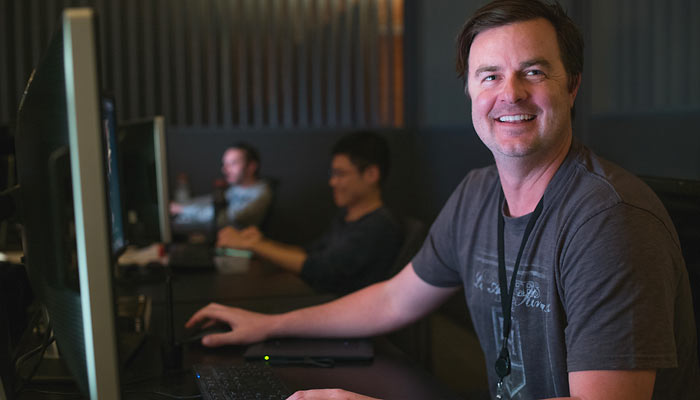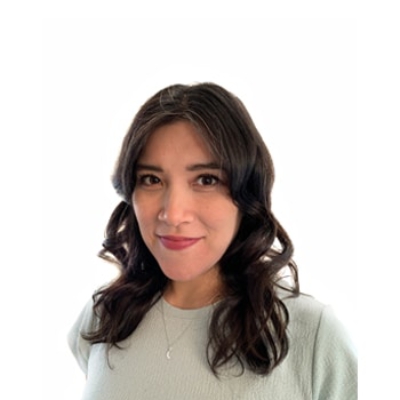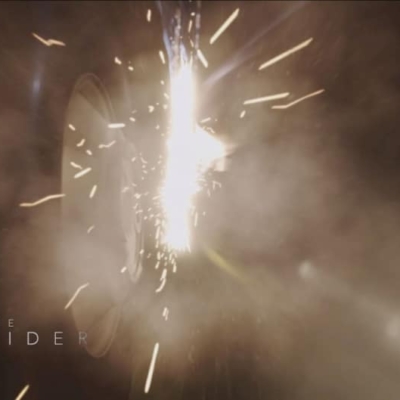VFX for TV Series

Iconic characters, both fictional and historical, and a tale from suspense master Stephen King have come alive on the small screen with help from VFX studios. From creating digital environments, futuristic transports and retro inventions to crafting supernatural beings and otherworldly events, VFX enhance the stories of superheroes, pirates, retail magnates, time travelers, small-town Americans and the world’s most famous vampire.
AGENTS OF S.H.I.E.L.D.
ABC’s new Marvel’s Agents of S.H.I.E.L.D., Marvel’s first venture in live-action television, features the Avengers storyline and characters coupled with extensive VFX by lead vendor FuseFX (www.fusefx.com). With such iconic characters at the core of the series there are frequent references to their incarnations in the comics and on the big screen — ILM has even shared assets created for the films — so consistency is critical. But FuseFX has been able to create and interpret a number of new elements, which make the world of the agents larger-than-life.
The series is shot in Culver City, CA, where show VFX supervisor Mark Kolpack is on-set. FuseFX’s artists work from the company’s Burbank office; their numbers have swelled to deliver the large volume of complex shots, which 22 episodes of Marvel’s Agents of S.H.I.E.L.D. demand. With a highly efficient custom pipeline management system and nearly 60 employees, FuseFX has managed to deliver VFX for the series while continuing VFX work on many other shows and projects, including American Horror Story, Hell on Wheels and Criminal Minds.
“We have staffed up and reallocated resources so we have two independent teams working on different episodes of S.H.I.E.L.D. with creative supervision overlapping,” explains FuseFX CEO/VFX supervisor,
David Altenau. The company also upgraded to a 300TB Isilon cluster, which doubled its storage capacity, added render nodes to its render farm, and more workstations and software. The chief software tools are Autodesk 3DS Max, Chaos Group’s V-Ray and The Foundry’s Nuke.
One of the signature elements in the show is The Bus, a modified C17 military transport plane outfitted with S.H.I.E.L.D. technology. It acts as the agents’ mobile HQ and can travel anywhere in the world at a moment’s notice. FuseFX contributed significant design input to the plane, building “vertical take off and landing into the design from the pilot, although those capabilities weren’t revealed until Episode 8,” says Altenau.
“A very complex rig controls every aspect of the plane: the landing gear, engine transformation, doors opening, lighting — even the wings have flex controls for the animators to sell the weight of this massive aircraft. When the engines are in vertical flight mode, they have several degrees of rotation, which give the jet a lot of maneuvering ability.”
For Lola, the classic 1962 Corvette that appears on the show, FuseFX added hover capabilities, turning its wheels to a horizontal position and exposing hidden jet-engine ducts. Once again, FuseFX led the collaborative design process with Kolpack and production for Lola’s undercarriage and jet engines. Sometimes the real Corvette is shown transitioning to its hover mode with Sitni Sati’s FumeFx adding volumetric dust and exhaust, and Side Effects’ Houdini particle effects. Sometimes FuseFX is required to use a fully-digital model of the car, which matches the real vehicle precisely.
On the human side, FuseFX provides robotic leg replacement for Mike Peterson, or Deathlok, and digital doubles for augmenting stunts and performing fully-digital stunts. In a dramatic one-off stunt sequence, two of the main characters jumped out of the back of The Bus with only a single parachute; the sequence included 30 shots and was a combination of a fully-digital environment, digital doubles for wide shots and actors shot on greenscreen with a gimbal rig.
In another one-off shot, the team battles one of the key villains, Ian Quinn, who creates a massive machine that harnesses the exotic substance, gravitonium. The episode culminates with Dr. Franklin Hall falling into and getting consumed by the gravitonium — giving FuseFX the opportunity to help visualize the genesis of one of Marvel’s classic characters, Graviton.
One of the keys to doing VFX for TV successfully is “client-VFX chemistry” and constant close communications, Altenau says. “You need to head toward the target as quickly as possible creatively. On features you have the luxury of taking a detour to try something new, but on TV you don’t. Everyone has to be on the same page in terms of creative direction so you can get to the end game on as direct a path as possible. Marvel has been really great at collaboration and working constructively with us to achieve that. We’re very excited to be working on the show. We couldn’t imagine a better series to be involved with.”
VIEW THE ORIGINAL FULL ARTICLE HERE
�
Follow FuseFX:
https://fusefx.com
https://www.facebook.com/fusefx
https://www.twitter.com/fusefx
https://www.instagram.com/fusefxinc
Media Contacts:
Oscar Negroni
Marketing Manager
FuseFX
oscarnegroni@fusefx.com
About FuseFX
FuseFX is an award-winning Visual Effects Studio providing visual effects services for episodic television, feature films, commercials, and VR productions. Founded in 2006, the company employs 300+ personnel across three studio locations: our flagship office in Los Angeles, CA, New York City, and Vancouver, BC.


